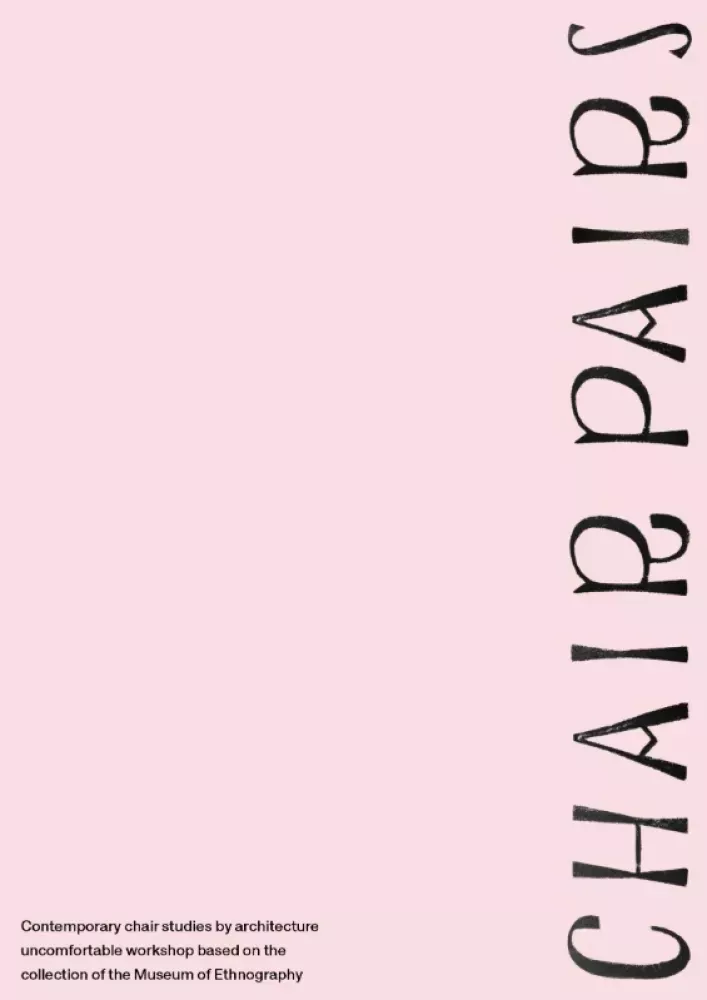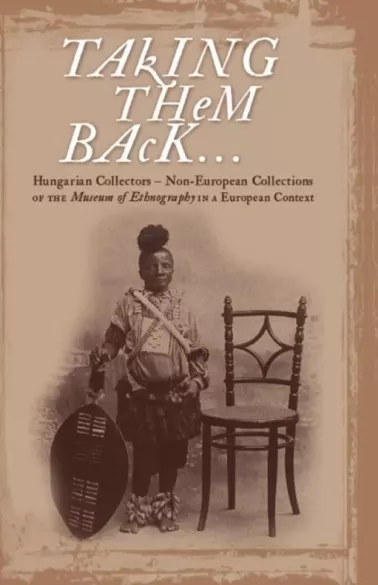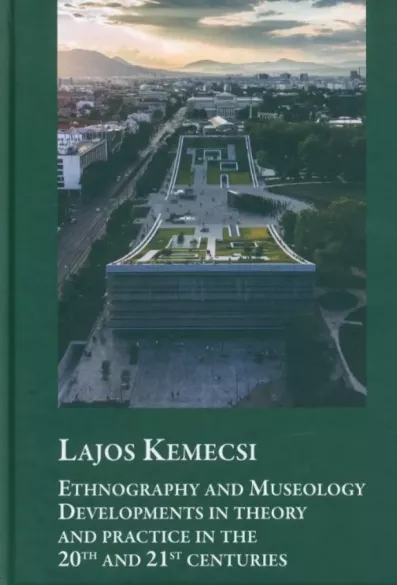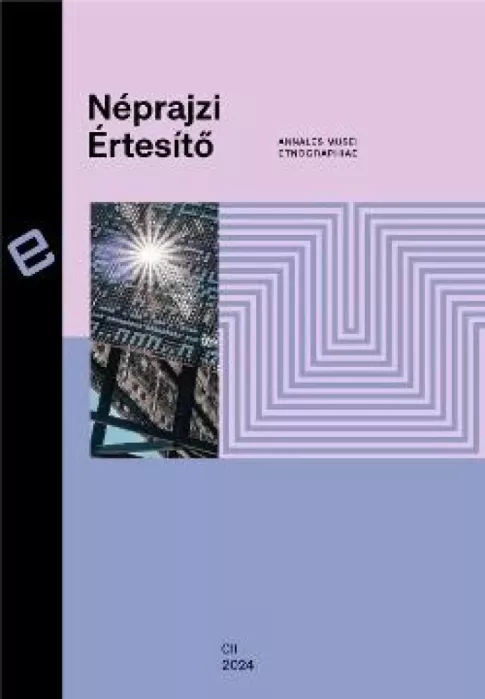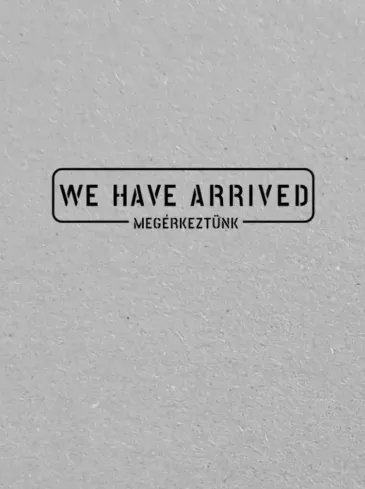
The title of the first temporary exhibition opened in the new building of the Museum of Ethnography refers to the former temporary headquarters of the institution and the experience of arrival. In the past ten years, the presented artefacts have come into focus in connection with museum background work, restoration, material testing, and research. A significant part of them rarely or never left the warehouse, but in the temporary exhibition celebrating the move to a new home, they are included together with the museum’s most popular pieces. The material is organized around twenty ethnographic/anthropological and museological concepts, a few key concepts of the discipline, comparing distant objects in space and time. The summary texts speak in the voice of the curators: they provide a subjective interpretation and an explanation of the classification. The object inscriptions combine the historical traditions and new viewpoints of the examination of material culture, also revealing the workshop secrets of the invisible, multi-actor museum work. Detailed object histories, research background, individual interest, method and style – a variety of contexts drawn by thirty museologists. The previous stages of the institution’s 150-year history are flashed by a selection compiled from archival footage: all the locations where the ever-growing collection was kept, researched and presented.Apart from the photos and videos, we can get to know the new buildings, the storage center that houses the collection and the main building that ensures the operation of the museum with the help of the designers’ thoughts and drawings. The catalog follows the structure and concept of the exhibition, inviting a new approach to ethnographic objects. It evokes the atmosphere of the exhibition space, reproduces its contents, and its freshly taken photos of objects often allow us to see more: they show the many fine details of the objects up close, the different possibilities and methods of processing and decorating wood, metal, textiles, ceramics, and paper. The photographs, videos, animations, songs and texts not only convey knowledge about traditional cultures, but also convey the expanding perception of the ethnographic object and ethnographic research.
The title of the first temporary exhibition opened in the new building of the Museum of Ethnography refers to the former temporary headquarters of the institution and the experience of arrival. In the past ten years, the presented artefacts have come into focus in connection with museum background work, restoration, material testing, and research. A significant part of them rarely or never left the warehouse, but in the temporary exhibition celebrating the move to a new home, they are included together with the museum’s most popular pieces. The material is organized around twenty ethnographic/anthropological and museological concepts, a few key concepts of the discipline, comparing distant objects in space and time. The summary texts speak in the voice of the curators: they provide a subjective interpretation and an explanation of the classification. The object inscriptions combine the historical traditions and new viewpoints of the examination of material culture, also revealing the workshop secrets of the invisible, multi-actor museum work. Detailed object histories, research background, individual interest, method and style – a variety of contexts drawn by thirty museologists. The previous stages of the institution’s 150-year history are flashed by a selection compiled from archival footage: all the locations where the ever-growing collection was kept, researched and presented.Apart from the photos and videos, we can get to know the new buildings, the storage center that houses the collection and the main building that ensures the operation of the museum with the help of the designers’ thoughts and drawings. The catalog follows the structure and concept of the exhibition, inviting a new approach to ethnographic objects. It evokes the atmosphere of the exhibition space, reproduces its contents, and its freshly taken photos of objects often allow us to see more: they show the many fine details of the objects up close, the different possibilities and methods of processing and decorating wood, metal, textiles, ceramics, and paper. The photographs, videos, animations, songs and texts not only convey knowledge about traditional cultures, but also convey the expanding perception of the ethnographic object and ethnographic research.
